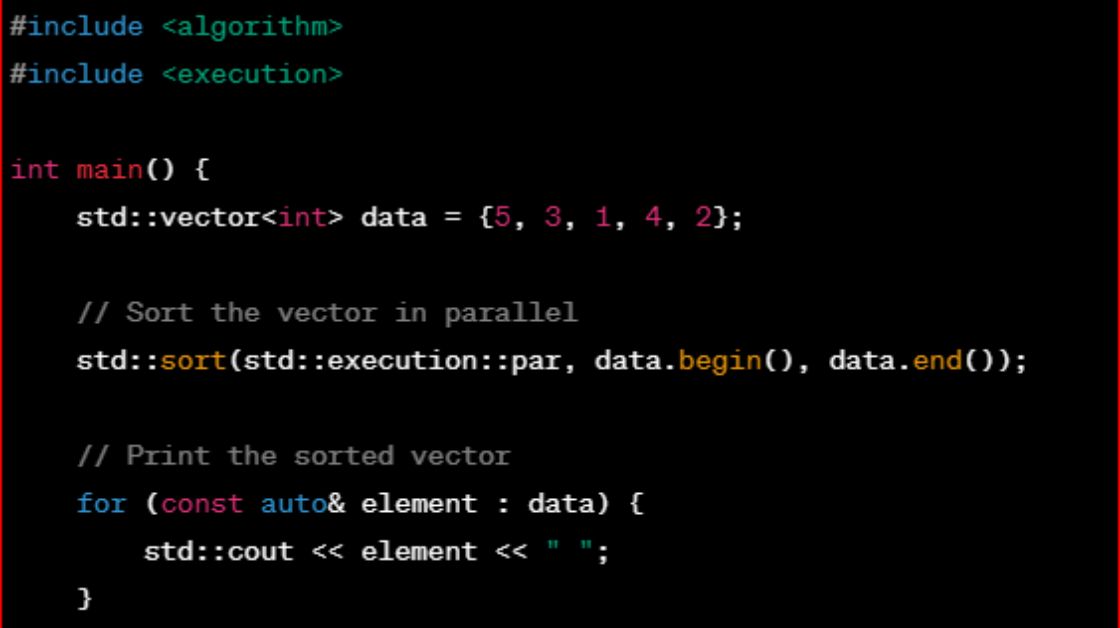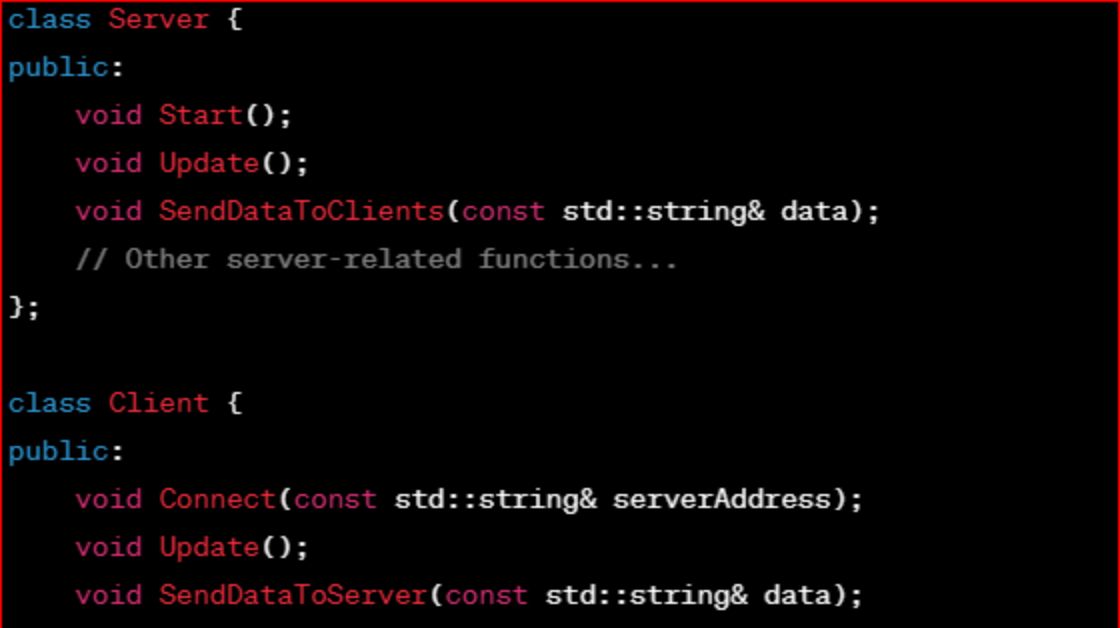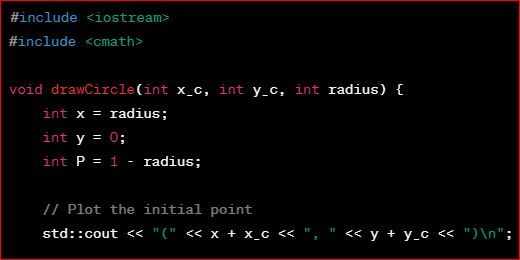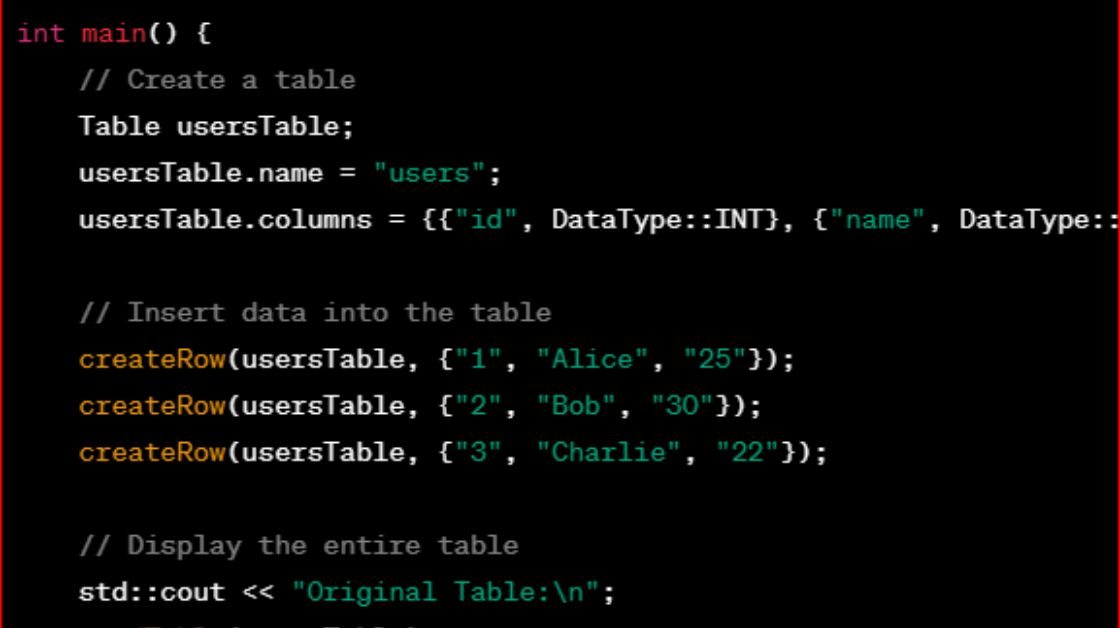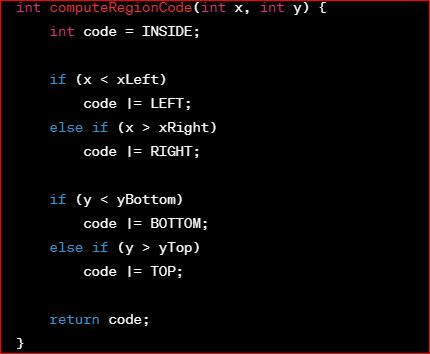Harnessing the Power of Concurrency and Parallelism in C++
In the ever-evolving landscape of software development, the demand for faster and more efficient programs has led to increased interest in concurrency and parallelism. In C++, a powerful programming language known for its performance, concurrency and parallelism play crucial roles in achieving optimal utilization of modern hardware. In this blog post, we’ll explore the concepts of concurrency and parallelism, their distinctions, and how they can be effectively applied in C++.
Understanding Concurrency and Parallelism
Concurrency is the concept of multiple tasks making progress simultaneously, without necessarily executing in parallel. It allows a program to handle multiple tasks concurrently, interleaving their execution. This can enhance responsiveness and improve the overall performance of the system.
Parallelism, on the other hand, involves the simultaneous execution of multiple tasks, typically in multiple processors or cores. It is a way to divide a larger problem into smaller subproblems that can be solved independently, thereby achieving better performance.
Threads and Concurrency in C++
In C++, concurrency is often achieved using threads. A thread is a lightweight unit of execution that runs independently within a program. C++ provides the <thread> library for working with threads.
#include <iostream>
#include <thread>
void worker_function() {
// Code to be executed by the thread
std::cout << "Worker thread is executing.\n";
}
int main() {
// Create a thread and run the worker function
std::thread workerThread(worker_function);
// Do some work in the main thread
std::cout << "Main thread is doing some work.\n";
// Wait for the worker thread to finish
workerThread.join();
return 0;
}This simple example demonstrates the creation of a worker thread and the main thread doing some work concurrently.
Parallelism with C++ Standard Library
C++17 introduced the Parallelism TS (Technical Specification), providing parallel algorithms in the <algorithm> header. These parallel algorithms allow developers to harness the power of parallelism without directly managing threads.
#include <iostream>
#include <vector>
#include <algorithm>
#include <execution>
int main() {
std::vector<int> data = {5, 3, 1, 4, 2};
// Sort the vector in parallel
std::sort(std::execution::par, data.begin(), data.end());
// Print the sorted vector
for (const auto& element : data) {
std::cout << element << " ";
}
return 0;
}In this example, the std::sort algorithm is executed in parallel, taking advantage of multiple cores to speed up the sorting process.
Thread Safety and Synchronization
Concurrency introduces challenges related to data access and modification by multiple threads simultaneously. Proper synchronization mechanisms, such as mutexes and locks, are crucial to ensure thread safety and avoid data races.
#include <iostream>
#include <thread>
#include <mutex>
std::mutex myMutex;
void shared_resource_function(int& sharedResource) {
std::lock_guard<std::mutex> lock(myMutex);
// Access and modify the shared resource safely
sharedResource++;
}
int main() {
int sharedResource = 0;
// Create multiple threads accessing the shared resource
std::thread thread1(shared_resource_function, std::ref(sharedResource));
std::thread thread2(shared_resource_function, std::ref(sharedResource));
// Wait for threads to finish
thread1.join();
thread2.join();
// Print the final value of the shared resource
std::cout << "Final value of the shared resource: " << sharedResource << "\n";
return 0;
}Here, a mutex is used to protect access to a shared resource, ensuring that only one thread can modify it at a time.
Conclusion
Concurrency and parallelism are powerful tools in the C++ developer’s toolkit, enabling the creation of high-performance and responsive applications. By understanding the principles of concurrency, leveraging threads, and embracing parallel algorithms, developers can make the most of modern hardware. However, it’s crucial to be mindful of thread safety and employ synchronization mechanisms to avoid data corruption. As C++ continues to evolve, the incorporation of these concepts will become increasingly essential for building robust and efficient software solutions.
